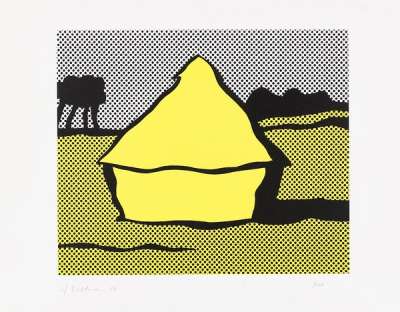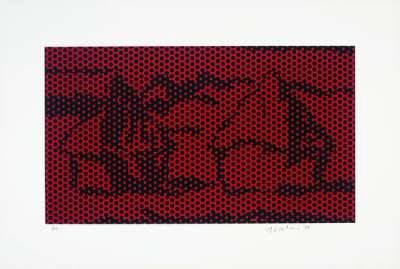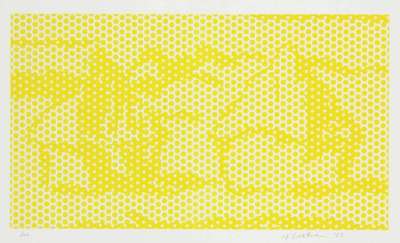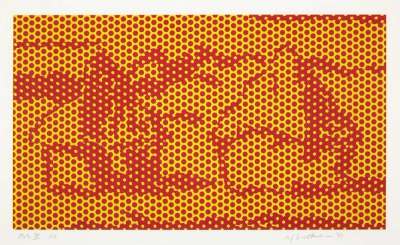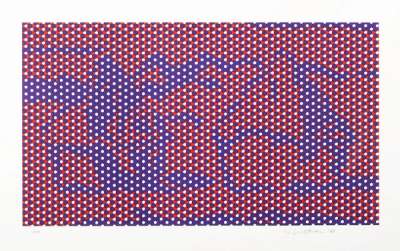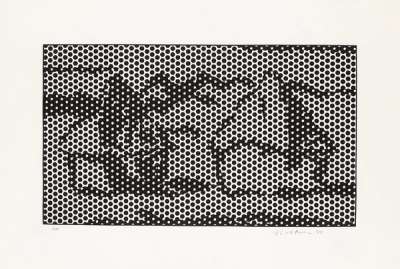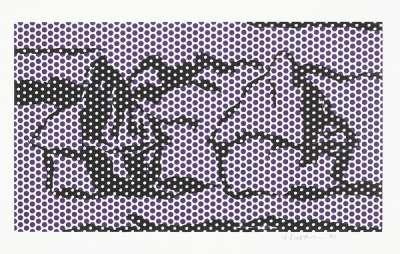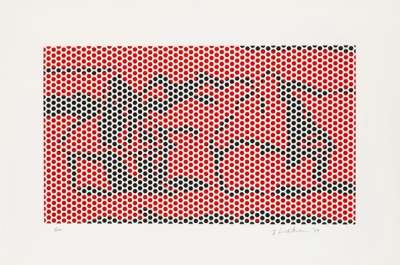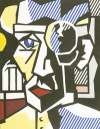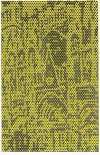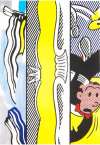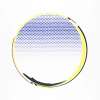Haystack
Alongside his Cathedral series, Roy Lichtenstein’s Haystack series was inspired by paintings by impressionist virtuoso Claude Monet and executed in 1969. Expanding on the seriality of Monet’s work, which represented the same subjects repetitiously in new lights, Lichtenstein explores the variation engendered by his repetitive commercial printing technique.
Roy Lichtenstein Haystack for sale
Sell Your Art
with Us
with Us
Join Our Network of Collectors. Buy, Sell and Track Demand
Meaning & Analysis
Roy Lichtenstein’s brightly coloured, graphic renditions of American culture, as seen in his Haystack series, epitomise his approach to Pop Art. He began incorporating elements of contemporary art theory and popular print media into his artistic appropriations at an early stage of his career.
Lichtenstein repeatedly referenced various traditions of art history, zeroing in on the work of canonised artists. He boldly addressed hierarchical notions pinning high art against low art, critiquing the assumed opposition between original thought and mechanical reproduction.
The artist was infamous for abstracting iconic images and transforming them into new symbols with the tools of his own visual vocabulary. He replicated the Ben Day dot system and added block colouring and stripes to the mix, thereby creating his signature comic book style.
Mimicking industrial methods and employing various printing processes allowed Lichtenstein to appropriate images derived from both fine art and commercial design sources. Consequently, Lichtenstein’s work realised an exceptional level of accessibility, allowing the public to better engage with the realms of contemporary art.
Examining the art historical context of his source material in depth, Lichtenstein executed two Pop Art renditions inspired by impressionist imagery in the year of 1969; his Haystack series and his Cathedral series. Highlighting the act of seeing as well as the act of creating, both series explored different permutations of a single iconic theme.
Accordingly, their main objective was to review the significance assigned to repetition and seriality throughout art history. Both series in question paraphrased French impressionist Claude Monet's artworks from the early 1900s.
